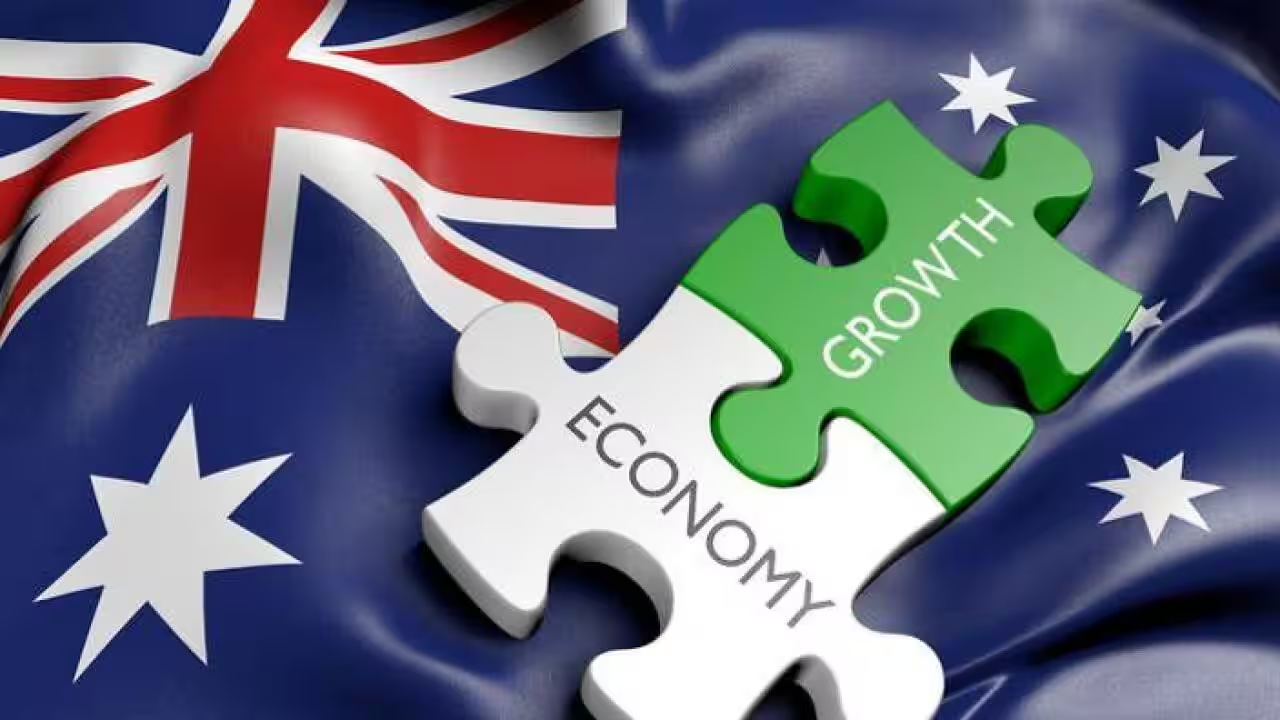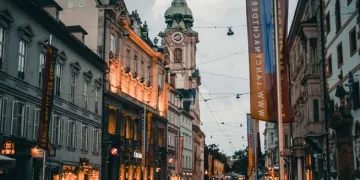Introduction
- Overview of Europe’s Green Transition
- The European Union has committed to achieving carbon neutrality by 2050 and is actively working to reduce its carbon emissions through the European Green Deal. This encompasses a wide range of policies focused on decarbonizing industries, transitioning to renewable energy, and fostering sustainable agriculture and mobility.
- As Europe pushes forward with these ambitious green policies, the question arises: How will this green transition impact global trade and the world economy?
- Global Trade in the Context of Climate Change
- Trade has long been a key driver of economic growth, but as the climate crisis becomes increasingly urgent, the need for sustainable and low-carbon trade practices has never been greater. The EU, being a major global player, will significantly influence how global trade will evolve in the coming decades.
- This article will explore how Europe’s green transition will shape global trade patterns, the role of innovation in trade, and the new challenges that may arise for businesses, industries, and policymakers worldwide.
Section 1: Europe’s Green Transition – An Overview
1.1 The European Green Deal
- Key Goals and Strategies
- The European Green Deal is the European Union’s flagship policy aimed at making the EU carbon-neutral by 2050. It includes legislative frameworks such as the Carbon Border Adjustment Mechanism (CBAM) to curb carbon leakage, increasing investments in clean technologies, and enhancing environmental standards across industries.
- EU Carbon Neutrality and Renewable Energy
- A significant part of the Green Deal involves transitioning to renewable energy. The EU is focusing on wind, solar, and hydropower, along with green hydrogen, to reduce its reliance on fossil fuels.
- Policy Tools and Legislative Frameworks
- To enforce its green transition, Europe has introduced various regulatory frameworks, such as stricter emissions standards for cars and industries, EU-wide carbon pricing, and large-scale investments in green infrastructure.
1.2 The EU’s Trade Strategy
- EU’s Role in Global Trade
- Europe is one of the world’s largest trading blocs, with a diverse economy that includes manufacturing, agriculture, and technology. The EU’s internal market is a hub for global trade, and its policies have a substantial impact on global supply chains.
- Shifting Trade Priorities
- As the EU focuses on sustainability, its trade policies are increasingly aligning with environmental goals. The green transition will shape how Europe conducts trade, especially with regard to energy, technology, and carbon-intensive goods.
Section 2: The Economic and Trade Implications of the Green Transition
2.1 Carbon Border Adjustment Mechanism (CBAM) and Trade Barriers
- Introduction to CBAM
- One of the central tools of the European Green Deal is the CBAM, designed to level the playing field between domestic European industries adhering to stringent environmental regulations and foreign industries from regions with less stringent climate policies.
- Impact on Global Trade
- CBAM aims to tax carbon-intensive imports such as steel, cement, and aluminum based on their carbon emissions. This will incentivize trading partners to adopt greener practices or face higher tariffs when exporting to the EU.
- Countries that do not meet EU environmental standards will likely face increased costs when exporting to the EU, potentially leading to a shift in global supply chains.
- Global Trade Tensions
- CBAM has sparked concerns among non-EU countries, particularly the United States, China, and Russia, which view it as a protectionist measure. This could potentially lead to trade disputes at the World Trade Organization (WTO) level.
2.2 Impact on Supply Chains and Global Trade Flows
- Re-shaping Global Supply Chains
- As European companies push for sustainable practices, they may increasingly demand cleaner, low-carbon inputs from suppliers, which will influence global trade patterns. For example, a shift in demand for renewable energy technologies, electric vehicles, and green materials will shape global exports and imports.
- Changing Trade Patterns
- The demand for sustainable products and services in Europe will shift trade patterns. For instance, countries that are major exporters of fossil fuels or carbon-intensive products may see a decline in demand for these goods, while exporters of green technologies, renewable energy components, and low-carbon products may benefit from Europe’s green transition.
- Trade Deals and Sustainability
- Trade deals and agreements between the EU and other countries will likely incorporate climate-related clauses. This could result in stricter environmental standards for imports and exports, promoting sustainability in global trade.
2.3 The Role of Green Innovation and Technology in Trade
- Rise of Green Technologies
- The green transition is driving demand for new technologies, such as electric vehicles, energy storage systems, smart grids, and green hydrogen. Europe is at the forefront of developing and deploying these technologies, which will influence global trade in high-tech and clean energy products.
- Global Technological Leadership
- European companies that lead in the development of green technologies will have a competitive advantage in global markets. This could shift the global technological landscape, with European-made green tech increasingly being exported worldwide.
- Intellectual Property and Green Tech Exports
- Intellectual property (IP) rights related to green technologies are likely to become a key aspect of global trade. Europe’s push for innovation in renewable energy and green tech could see the EU becoming a major exporter of intellectual property and technology.

Section 3: Challenges and Opportunities for Global Trade
3.1 The Challenges of Implementation
- Adjusting to New Trade Rules
- The implementation of the European Green Deal and the CBAM presents significant challenges for both European companies and their international trading partners. While European industries are likely to comply with new environmental standards, countries with less stringent policies may struggle to adapt.
- Protectionism and Trade Wars
- Some countries may view the green transition as a form of protectionism, leading to tensions in global trade relations. Potential retaliation from countries affected by CBAM could escalate into trade wars, impacting global commerce.
- Balancing Economic Growth and Sustainability
- While Europe is committed to reducing its carbon footprint, there is a concern about balancing economic growth with environmental sustainability. The green transition may increase the costs of certain industries, potentially affecting the global competitiveness of European firms.
3.2 The Opportunities for Global Trade
- Growing Market for Green Products and Services
- Europe’s green transition offers opportunities for businesses worldwide. As demand for green products and services increases, countries that specialize in renewable energy production, energy-efficient technologies, and environmentally friendly consumer goods will see growth in trade.
- New Green Trade Routes
- The global market for green technologies and low-carbon products will continue to grow, opening up new trade routes for countries specializing in clean energy technologies and sustainable practices. For example, solar panels, wind turbines, and electric vehicles will see growing demand, leading to new opportunities for exporters in Europe and other regions.
- Encouraging Global Cooperation
- The EU’s green transition can encourage greater global cooperation on sustainability issues. As more countries align their trade policies with climate goals, the global economy could shift toward sustainable and equitable trade practices.
Section 4: The Long-Term Impact of Europe’s Green Transition on Global Trade
4.1 The Shift Toward a Green Global Economy
- Redefining Trade in the Context of Climate Goals
- In the long term, the EU’s green transition will likely influence how international trade agreements are structured. Trade deals may increasingly include environmental clauses that prioritize sustainability, low-carbon goods, and clean energy.
- Global Green Economy Standards
- As the EU sets standards for a green economy, these standards may spread to other parts of the world. Global trade may evolve to reflect a new set of sustainability norms, impacting everything from supply chains to consumer preferences.
4.2 The EU’s Role in Shaping the Future of Global Trade
- Leadership in Climate Diplomacy
- The EU can take a leadership role in advocating for climate-friendly trade policies, pushing for multilateral solutions to global challenges such as climate change and sustainable development.
- Influencing Global Trade Norms
- Europe’s green transition may influence global trade norms, pushing for the incorporation of climate goals into trade policies. This could lead to a more sustainable global economy, with trade flows increasingly aligned with environmental stewardship.
Conclusion
- Europe’s Green Transition: A New Era for Global Trade
- The European Green Deal and the EU’s commitment to carbon neutrality will undoubtedly have a profound impact on global trade. While challenges remain, the green transition presents significant opportunities for businesses, nations, and industries that are willing to innovate and adopt sustainable practices.
- The Path Ahead
- As the EU continues to lead the charge toward a more sustainable future, it will reshape the global trading landscape. Trade flows will increasingly reflect environmental considerations, creating a more equitable and sustainable global economy.
- Global Collaboration
- The green transition is not just a European endeavor—it is a global challenge. Cooperation among countries will be key to navigating the complexities of this transition and ensuring that global trade becomes a driving force for sustainable growth.

































